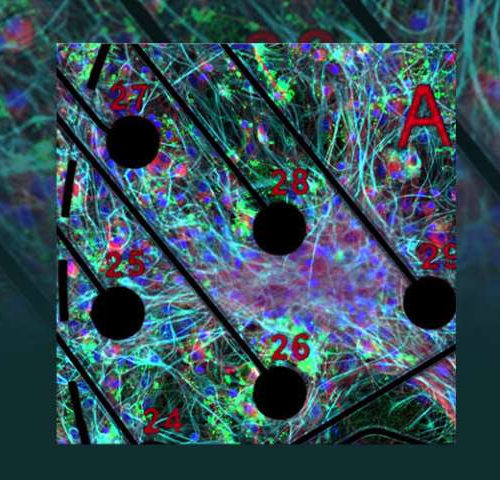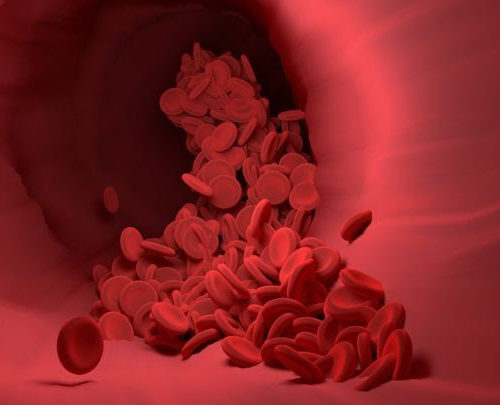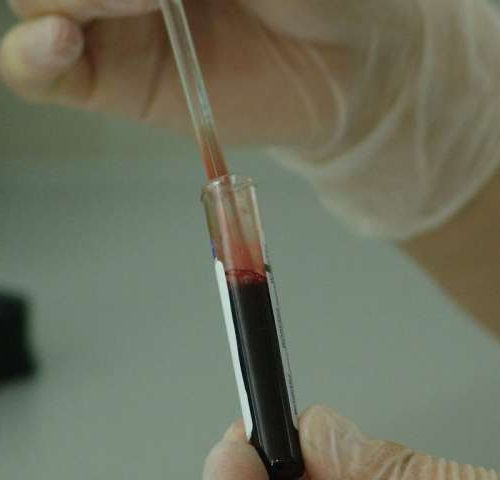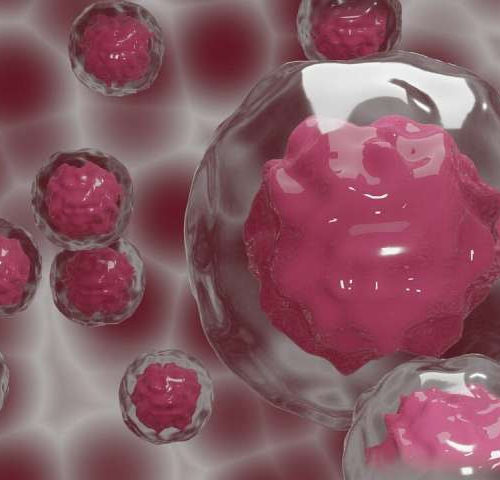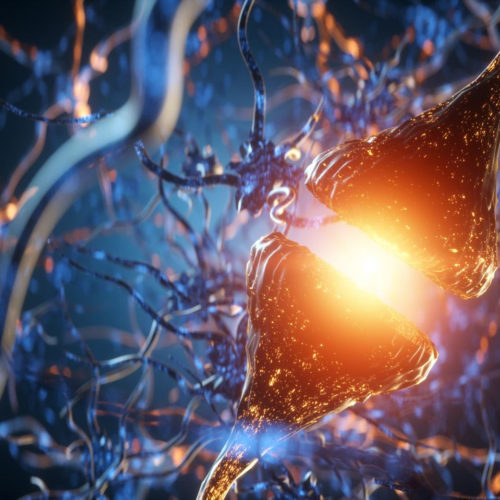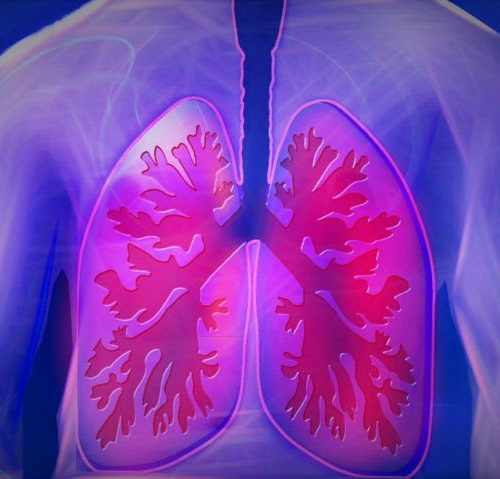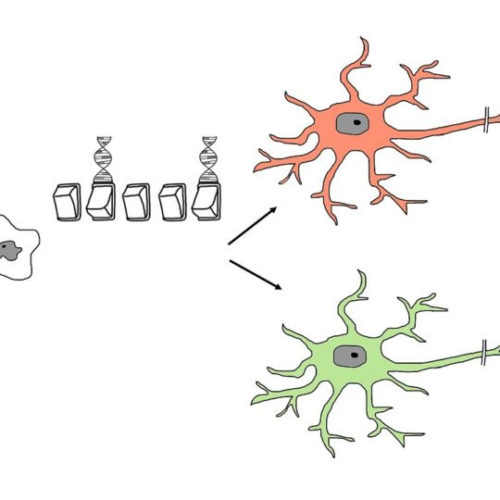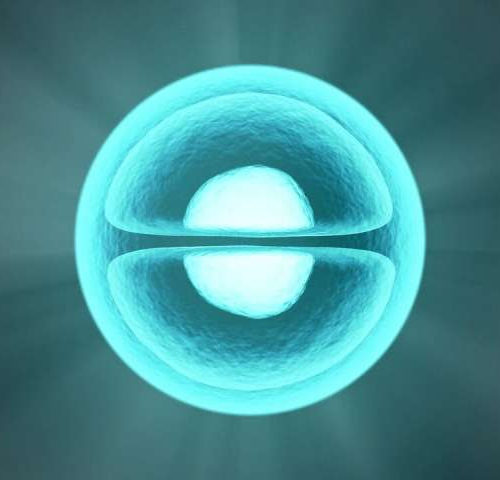by Jeremy Thomas, Lawrence Livermore National Laboratory Laboratory team cultured rodent-derived neurons on microelectrode arrays and allowed the cultures to form networks, supplementing them with astrocytes and oligodendrocytes — cell types that play a critical role in neuronal health and function. Pictured is an immunofluorescence image of a complex culture, showing neurons (stained red), astrocytes...
Tag: <span>cellular trash</span>
An Age-Related Increase in CD47 Expression Impairs Vascular Function
This news or article is intended for readers with certain scientific or professional knowledge in the field. Researchers here provide evidence to indicate that increased expression of CD47 in aged blood vessels impairs a range of functions, from maintenance of these tissues to the generation of new blood vessels. The latter point is interesting given...
Precision medicine identifies key recurring mutation in head and neck cancers
by University of California – San Diego Head and neck cancer is one of the leading causes of cancer-related deaths worldwide, and squamous cell carcinomas (HNSCC) account for the majority of these cases. In a new study, based on preclinical research and published July 29, 2020 in Molecular Cancer Therapeutics, a journal of the American...
Researchers identify a cancer metabolic pathway that could be a valuable target for therapy
by Sonia Fernandez, University of California – Santa Barbara Fighting cancer often means employing a suite of techniques to target the tumor and prevent it from growing and spreading to other parts of the body. It’s no small feat—the American Cancer Society predicts roughly 1.8 million new cases of cancer in the country in 2020,...
Restoring mobility by identifying the neurons that make it possible
ECOLE POLYTECHNIQUE FÉDÉRALE DE LAUSANNE Researchers at EPFL are able to get paralyzed rodents walking again by stimulating the animals’ damaged spinal cords. This promising treatment has already helped paraplegics regain mobility during clinical trials at Lausanne University Hospital (CHUV). Now, using artificial intelligence, the researchers can pinpoint which neurons are involved in the gait...
“Love hormone” oxytocin could be used to treat cognitive disorders like Alzheimer’s
Scientists discover for the first time that oxytocin could be a potential new therapeutic option for cognitive disorders such as Alzheimer’s disease TOKYO UNIVERSITY OF SCIENCE OXYTOCIN, THE HORMONE THAT INDUCE FEELINGS OF LOVE AND WELL-BEING WITHIN US, ARE FOUND TO REVERSE SOME OF THE DAMAGE CAUSED BY AMYLOID PLAQUES IN THE LEARNING AND MEMORY…...
Stem Cell Exhaustion in the Aging Lung
Stem cell activity declines with age throughout the body. In some cases this is because stem cellsbecome less active in response to changes in the signaling environment. In other cases, the cells are damaged or the populations greatly reduced. The consequence of this decline is that fewer daughter somatic cells are produced to make up...
Ex Vivo Mitochondrial Transfer as a Way to Improve Stem Cell Therapy Outcomes
A sizable portion of the variable efficacy of first generation stem cell therapies as presently practiced may be due to a poor quality of cells following expansion in culture. Regardless of quality, near all such cells die shortly after transplantation. Few clinics and few approaches to cell therapy lead to lasting survival and engraftment of...
Regenerating the body from within using biomaterials
by Terasaki Institute for Biomedical Innovation Two approaches for using biomaterials. In the more traditional approach (left), the biomaterial construct is mixed with cells and biomolecules outside of the body and then developed in an external bioreactor. The structure is then implanted into the body. In the more recently used, or “in situ” approach (right),...
Solving the CNL6 mystery in Batten disease
by Baylor College of Medicine Batten disease is a family of 13 rare, genetically distinct conditions. Collectively, they are the most prevalent cause of neurodegenerative disease in children, affecting 1 in 12,500 live births in the U.S. One of the Batten disease genes is CLN6. How mutations in this gene lead to the disease has...

